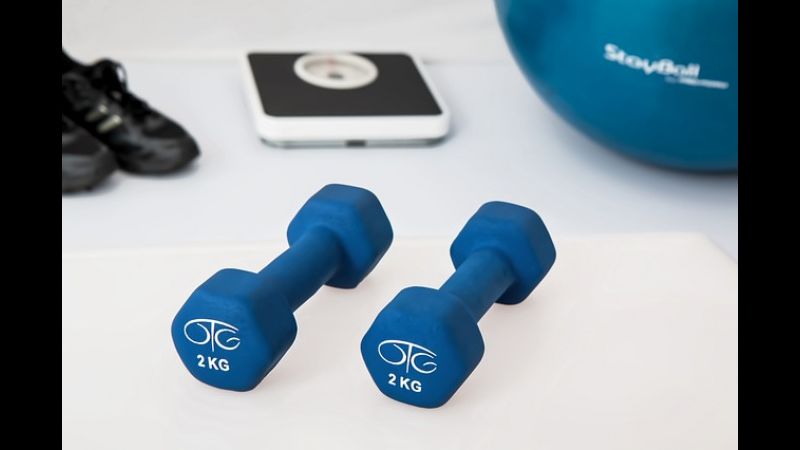The cold weather seems to make everyone want to hibernate for the winter. And while that can be understandable during blizzards or periods of extreme cold, it also severely limits your physical activity. But when the weather isn’t cooperating, there are still plenty of ways you can get a workout in without ever leaving the house.
The following exercises for older adults are not only great for inclement weather, but also aim to improve your balance, strength and coordination. Engaging in exercises that encourage balance, strength and coordination also aids in preventing falls, which sent over 2.8 million people over the age of 65 to the ER in 2014. Balance exercises for seniors are an ideal way to keep yourself healthy and free of falls this winter.
Squats
Building muscle can take time, especially when you are over the age of 50. The body experiences a small amount of muscle loss, but those who are inactive can develop sarcopenia and lose between 3 to 5 percent of their muscle mass. This can be detrimental with age, as it puts you at greater risk of experiencing falls and sustaining potentially harmful injuries. One of the best exercises for older adults to combat this muscle loss is the simple squat.
Begin by standing tall, with your legs hip distance apart. You then raise your arms forward to help you balance while you bend your knees and push your behind out in back of you, as if you were sitting back into a chair. In order to avoid injury, be sure that your knees do not bend beyond your toes. If freestanding squats are a bit of a challenge, this can become a chair exercise for seniors, using a chair in front of you for balance. Squats, whether supported with a chair or not, are an effective way to build your lower body strength and improve balance.
Resistance Training
Weight training, or using your muscles to resist weight, is another one of the best exercises for older adults. Strength training can not only be useful in battling osteoporosis and sarcopenia, but it can also build upper body strength, which would serve you well should you experience a fall. Strength training can be done with or without weights, and can also be modified to become a chair exercise for seniors who need a little more support.
If you’re using weights, you can start with a shoulder press by holding the weights at shoulder height and slowly raising them straight up above your head before slowly bringing them back down. You can also try front arm raises, where you hold the weights at your hips and slowly raise them up in front of you, stopping at shoulder height and then bringing them back down. Then, to finish it out, try side arm raises, where you hold the weights at your hips but then lift the weights up to your side, like a “T,” before stopping at shoulder height and bringing your arms back down. Do 10 repetitions of each exercise, twice, for maximum results.
Leg Raises
Leg raises not only help to strengthen your legs, but also strengthen your hips, lower back, thighs and backside. Keeping your bottom half strong can help you prevent you from tripping and falling–and potentially injuring yourself. Leg raises are also wonderful balance exercises for older adults, although when you first start out, you can make this a chair exercise for seniors.
Using the back of a sturdy chair to help you balance, you can lift one leg out to the side, keeping it in line with the hip. Keep a slight bend in the supporting leg, and a straight back while lifting your leg. Hold it in place for a few seconds before lowering it back to the ground. Repeat that exercise 10 times before switching to the other leg.
Stretching
Stretching is probably the most underrated aspect of exercising, but also one of the most important. Regularly stretching your muscles can help you to remain flexible with age, and also prevent dangerous falls. It’s especially important to stretch after engaging in any of the aforementioned balance exercises for older adults, so that you don’t injure yourself after a workout.
If you’re looking for more a more regular and rigorous stretching routine, consider yoga, which can be done in the comfort of your own home. Yoga can also be modified to become a chair exercise for seniors who need a little assistance with balance and stability.
Safety First
No matter which exercises you choose to engage in this winter, exercising safety can be as simple as investing in a medical alert device. With plenty of medical alert system options to choose from, Medical Guardian will help you stay safe all winter, whether you are exercising, bathing or simply walking down the stairs in your home.

